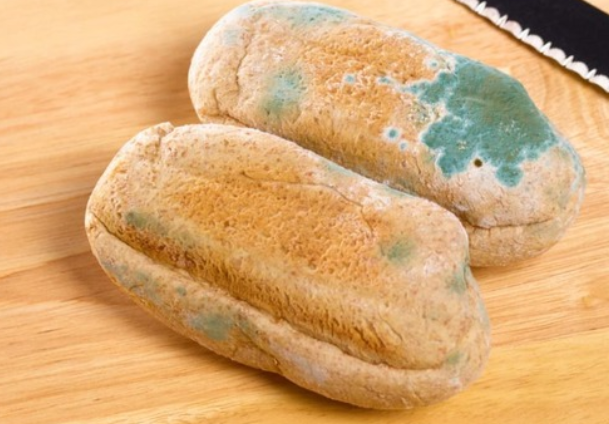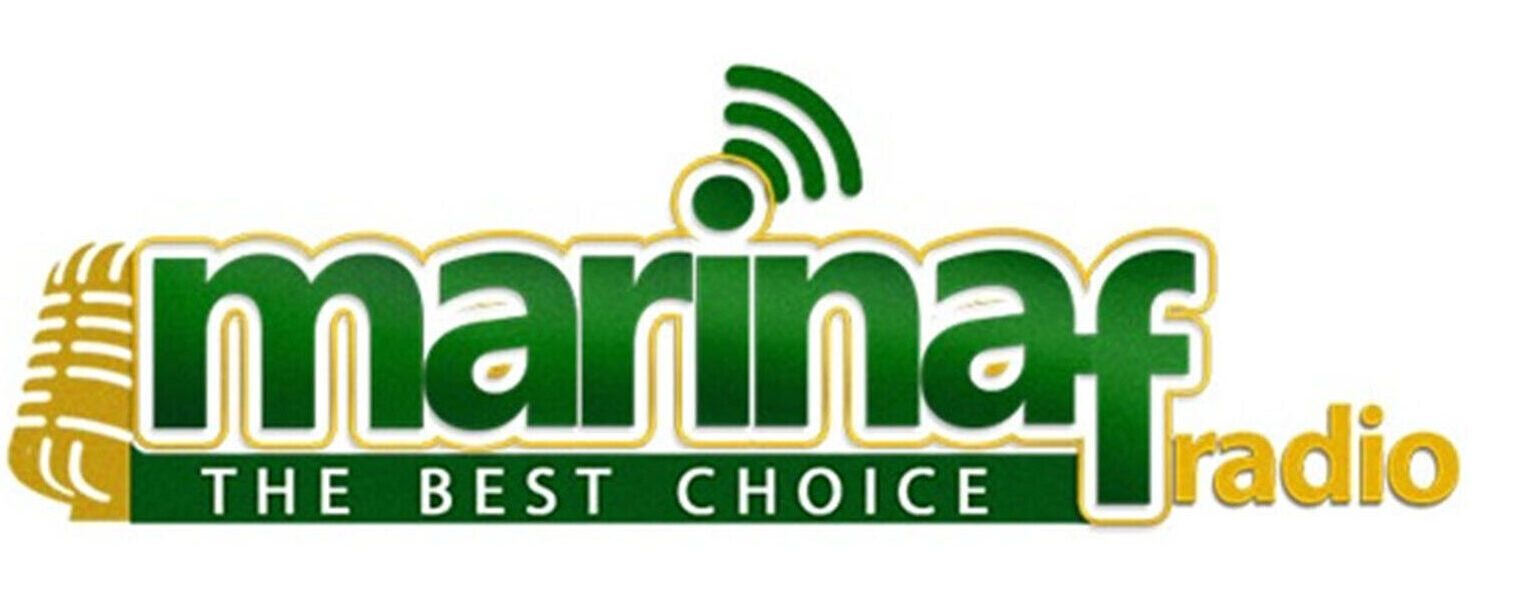
You’re about to make a sandwich and find a few spots of mold on the bread. What do you do? If your answer is cut the green parts off and eat the slice as normal – you’re at risk of making yourself really unwell.
A doctor has gone viral on TikTok after revealing why you should NEVER cut the moldy patches off a piece of bread under any circumstances, and you’ll definitely think twice before doing it in the future from now on.
NHS surgeon Dr Karan Raj, who has more than 5.2 million followers on TikTok, explained that there is “no such thing as the clean part of moldy bread”.
“The fuzzy stuff you see on the surface is just the crown jewels of the mold,” he said, revealing the reproductive organs called sporangium “release thousands of spores which are going to spread everywhere”.
If you’re seeing mold on the slice, you’re not seeing the “hidden roots” called haifi which are running through the rest of the bread – so you need to throw away the entire loaf.
The USDA’s Food Safety and Inspection Service explains that mold has three parts: Root threads that invade the food it lives on, a stalk rising above the food and spores that form at the ends of the stalks.
The spores are what give the mold the color you see, but it’s the root threads that invisibly spread through the food.
Health risks of eating mold
Some types of mold product toxins called mycotoxins, which are poisonous substances that can have serious health consequences when consumed. That’s why it’s so important not to eat anything moldy, even if it’s just a few patches.
Mycotoxins are primarily produced by molds found in grain and nut crops, so it’s extra important not to eat moldy bread. However, it’s also known to grow on celery, grape juice and apples – and scientists are always discovering new ones.
In fact, the Food and Agriculture Organization (FAO) of the United Nations estimates that a huge 25% of the world’s food crops are affected by mycotoxins. The most notorious ones are aflatoxins, a poison which can cause cancer.
Regularly eating foods with aflatoxins can increase your risk of liver cancer, cause birth defects, and lead to kidney and immune system problems, the FDA reveals. Eating food containing a large amount of aflatoxins at one time can also lead to liver failure and even death.
Why you can eat some mold
If mold is that dangerous, why can we eat blue cheese? Well, it’s made using Penicillium, a type of mold that does not produce toxins and is therefore safe to consume.
“There are thousands of different types of mold. Some probably harmless, some not so good like Rhizopus stolonifer, the mold commonly found in foods like bread,” Raj explained.
He said it’s impossible to tell whether a mold is harmful or not just by looking at it, so it’s best to avoid it completely.
Heating bread and turning it into toast doesn’t destroy the mycotoxins either – so just throw the whole loaf away!
Source: thefocus.news




